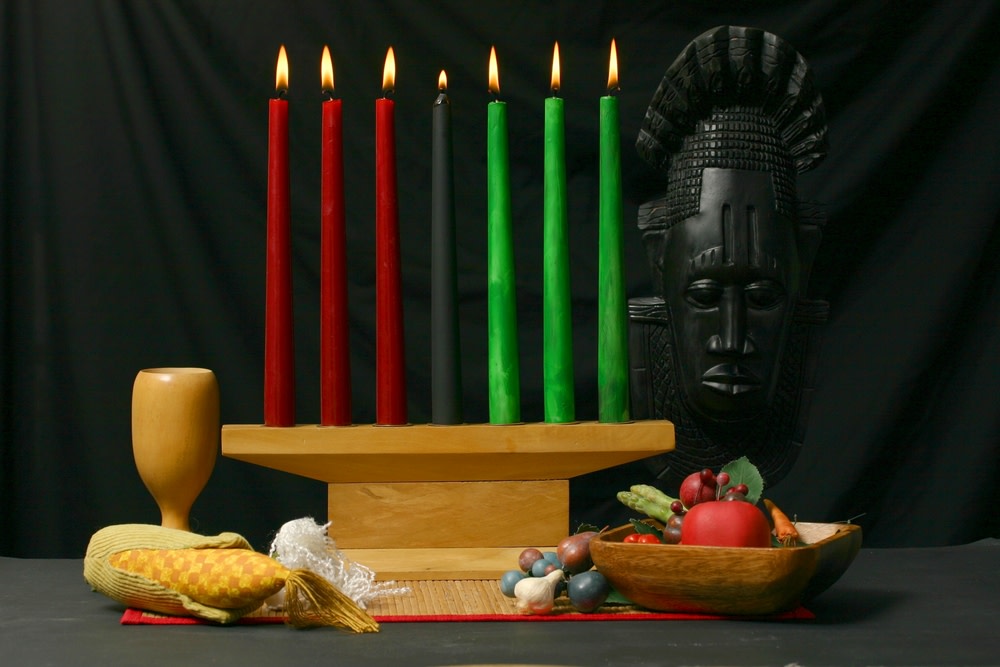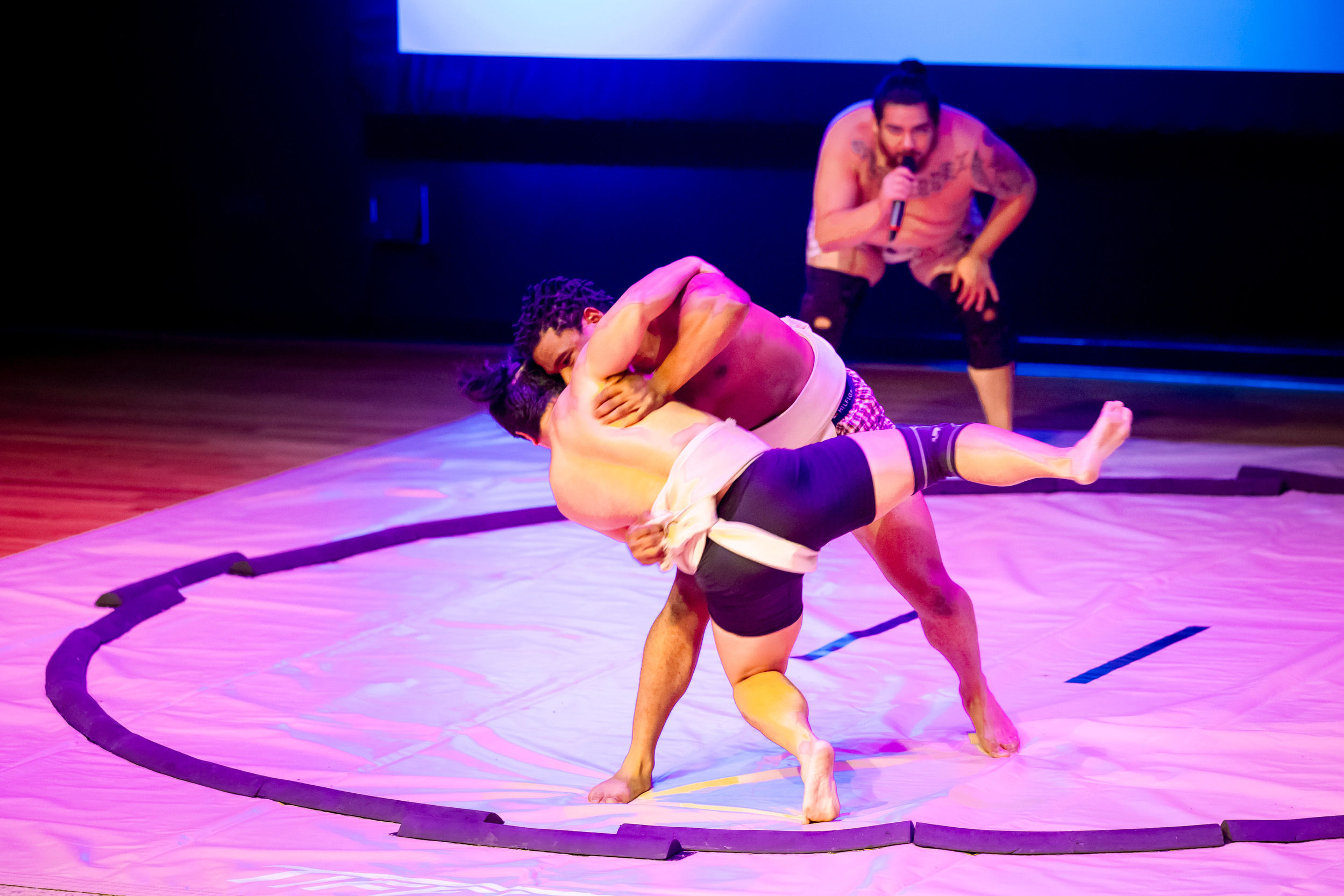Kwanzaa Still Beats Through the Hearts of African Americans Around the Country

Image: Shutterstock
The holiday season is a time for family, friends and celebrating. Luckily, those values don’t stop on Christmas day. Kwanzaa, an African American cultural celebration, kicks off on December 26 and will go on until January 1.
Created in 1965 by Pan Africanist and Los Angeles professor Maulana Karenga, Kwanzaa was established as a means of celebrating Pan African values. The name is derived from the Swahili phrase "matunda ya kwanza," which means “first fruits of harvest,” and each of the seven days are dedicated to seven core principles: umoja (unity), kujichagulia (self-determination), ujima (collective Work and responsibility), ujamaa (cooperative economics), nia (purpose), kuumba (creativity), and imani (faith).
Because the holiday is cultural, African Americans of all faiths take part in the weeklong celebration by donning traditional West African clothing and enjoying large feasts. It’s estimated that nearly 18 million people celebrate Kwanzaa every year, including close to 5 million here in the US. The kinara—which holds candles that reflect the Pan African flag—is lit once each day, and gifts are exchanged on the last day.
Kwanzaa is celebrated around the country. If you’ll be in the Bay Area during the holiday, check out the city-wide celebration that will take place at the Museum of African Diaspora in San Francisco. To celebrate in Houston, visit SHAPE Community Center, which holds various activities during the seven days.




